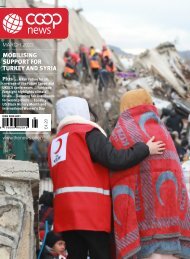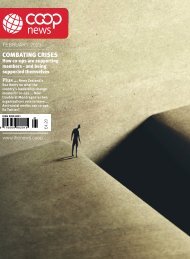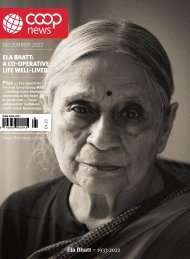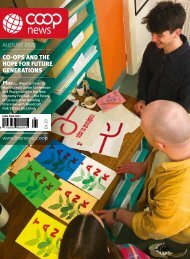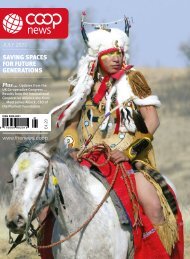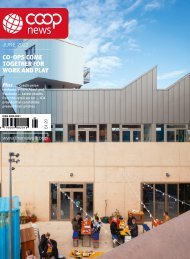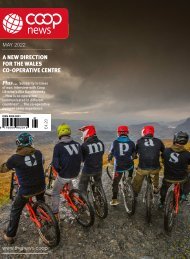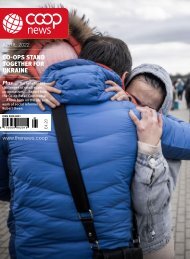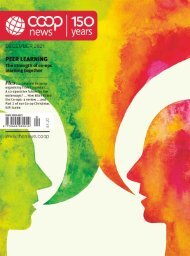December 2017
You also want an ePaper? Increase the reach of your titles
YUMPU automatically turns print PDFs into web optimized ePapers that Google loves.
THE MARITIME MUTUAL<br />
From the late eighth century, a range<br />
of partnership models for enterprise and<br />
trade on the seas emerged in the Islamic<br />
world, allowing people to co-invest and<br />
share returns. These permitted, on an agreed<br />
basis, the sharing of losses including acting<br />
as surety for other partners and to acting<br />
on a mutual basis across the partners. The<br />
term typically used, Sharikah, or al-Shirkah,<br />
means in effect a sharing, co-partnership.<br />
The most comprehensive form, Sharikat al<br />
Mufawadah, offered members equal rights<br />
in economic terms and an equal say<br />
regarding the ability to act on behalf of<br />
the partnership. Early West European<br />
companies, such as the Compagnie de la<br />
Nouvelle France formed in 1627 to pursue<br />
trade in furs with North America, also<br />
operated by one member, one vote.<br />
THE WORKSHOP<br />
The Ahi (‘brotherhood’ or ‘generous, openhanded’)<br />
movement in Anatolia, modern<br />
Turkey was started in the thirteenth century<br />
by Pir Ahi Evran-e Veli, a master leather<br />
craftsman and scholar, born in Iran in 1169.<br />
The context was warfare and Mongolian<br />
invasion close by. The vision was one of<br />
both enterprise and faith. The first leather<br />
workshop established by Ahi Evran was<br />
in Kayseri. Trades, crafts and arts were<br />
grouped in bazaars; each one is given over<br />
to one profession (along with a baker and<br />
barbershop allowed for each) and each<br />
with its symbol. Fatma Bacı, the wife of Ahi<br />
Evran, established a bazaar for women,<br />
allowing them to group and to sell the goods<br />
that they produced.<br />
THE LENDING CIRCLE<br />
Lending circles can also be traced back to<br />
thirteenth century Japan, in the form of Ko<br />
or Mujin, where groups of rural villagers,<br />
between twenty and fifty people, pooled<br />
savings and took turns to win credit. The<br />
ring was one of the few forms of collective<br />
self-help and resistance potentially open<br />
to slaves. Operating as a private activity,<br />
it could be hidden from those attempting<br />
to suppress it. Rotating savings and credit<br />
associations have a long history by different<br />
names in different countries: Hui in<br />
Southern China, Kye in rural Korea, Tontines<br />
in West Africa, Muzikis or Likelambas in the<br />
Democratic Republic of the Congo, Ekub in<br />
Ethiopia, Stokvel in South Africa, Mukando<br />
in Zimbabwe, Tandas and Cundina in<br />
Mexico, Chits, Kuries and Bhishies in India<br />
and Thong Thing in Cambodia.<br />
DECEMBER <strong>2017</strong> | 35





